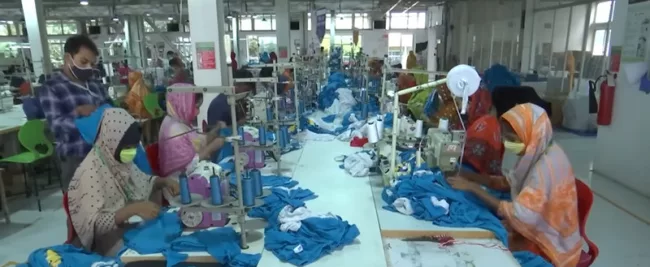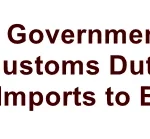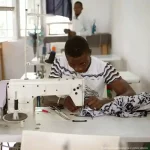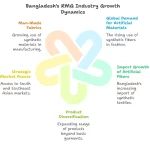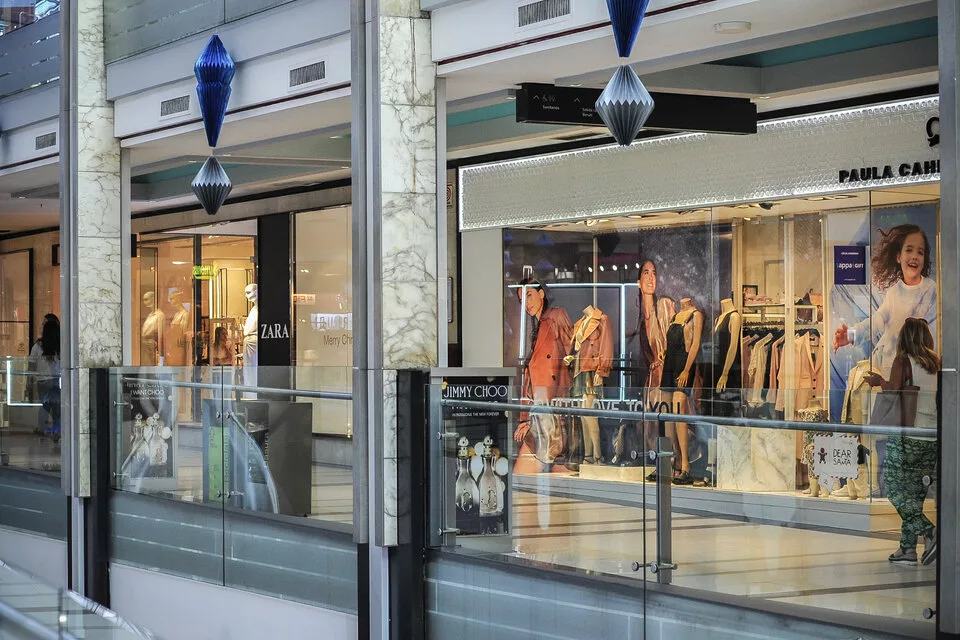
Image: Adrian Perez
A report from the Fundación Pro Tejer on the evolution of the prices of local inputs and clothing. The jump in the volume of clothing imports did not stop inflation: it accelerated it.
When the inflation data for April was known, of 8.4% according to the INDEC measurement, it was also verified that at the head of the increases by item was that of clothing and footwear, with 10.8 %. It is not the first time that this category has had this rare privilege, since in March it was in second place with another impressive monthly increase of 9.4 percent. Abuses by textile companies? Imposition of monopolistic market conditions? The industrial sector, grouped in the ProTejer Foundation, responded with a forceful report refusing to be responsible for inflation. Instead, he claimed to pay attention to what is happening with garment imports.
“It is not the local prices of the suppliers of inputs for the manufacture of clothing that explain this jump in prices; these increases are taking place in the context of a situation of stagnation in production and sales, but with an extraordinary increase in imports of ready-made garments, which only considering the first quarter of the year, brought to the country in tons (physical quantities of product) 73.7 percent more than in the same quarter of 2022”, they point out from the textile industrial sector .
The situation of the textile and clothing market seems to defy all logic, although the matter begins to unravel when the distortions that exist in this market are listed. To begin with, a tax system and fiscal charges in general that seems to be made with the intention of facilitating business for importers and those who operate clandestine workshops, and against the local clothing industry, mostly made up of small economic units. or SMEs.
The stages prior to the making of the garment are those of the production of yarns and fabrics, which constitute the raw material with which it is made. The figures for the sector reveal, here, a new contradiction. Another of the measurements that INDEC prepares is the use of installed capacity, and the economic authorities usually show with enthusiasm how, after the pandemic, this indicator could be recovered to gradually rise from a floor of 50%, to advance gradually until it reached 60% and currently stands at around 67-68%.
In that calculation, the textile industry was at the tail of the recovery. It is maintained at rates of 52 to 54% of use of installed capacity, which is equivalent to saying that almost half of the plant potential is not used (of every 10 plants, 5 are stopped, or all 10 are working but all at half of its possibilities).
But at this level, that of textile inputs, the phenomenon of an import explosion is not observed. In the same first quarter of the year, in which the import of garments had grown 73.7 percent in product weight, yarns fell 50% and fabrics 39% compared to last year.

Luciano Galfione: President of the Pro Tejer Foundation
On the other hand, the textile industry sector that supplies inputs, the spinning and weaving mills, signed a price agreement with the government in January “with a downward schedule for the monthly price fluctuation in the first four-month period,” says the ProTejer Foundation, chaired by Luciano Galfione.
The agreement projected an accumulated price variation of 16.8 percent for the first quarter and 20.6 percent until April. In other words, an average monthly increase of 4.8 percent but decreasing, which in April was already down to 3.25 percent.
“The manufacturers of textile inputs have complied with the agreed schedule, which has been reflected in the wholesale price indicators in March with an accumulated variation in textile products of 14.8 percent in the quarter, and ratified with the latest data of this index in the month of April, which shows an accumulated variation of 19.1 percent”. In other words, one and a half points below the 20.6 allowed by the agreement, highlights the ProTejer report.
And almost ten points below the increase in the Clothing and Footwear item in the last four-month period (28.9 percent). “The increases seem to be more related to commercial maneuvers with imported products and the way in which exchange rate movements are reflected,” says ProTejer, showing apparently contradictory realities but that must be addressed when looking for the reasons for inflation in this sector, strongly damaged by distortions in which industrialists and consumers are equally harmed.
“The rise in imports of finished products does not lower prices, and the situation in the clothing sector is a clear example,” said Marcelo Fernández, president of the General Business Confederation of the Argentine Republic (CGERA), when asked about the issue. “Businessmen know that there were increases, but it is clear that imports are not the solution; what we have to discuss is the Argentine cost and not think that the industry is to blame,” said the leader after the Pro report was released. (Courtesy: Page/12, Argentina)
